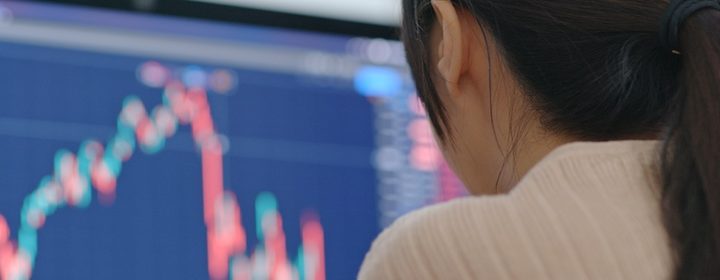There is a strange behavioural effect where investors tend to sell winners early and hold onto losers for longer. You would think that investors would offload their losers as soon as possible and hold onto their winners so that they keep winning, but the opposite is often found to be true. This is known as the disposition effect.
This effect is thought to occur because people value gains and losses differently. Specifically, people dislike losses more than they like gains. This explains why it is easier to sell a winner and hold onto a loser. If you are holding on to an unrealized loss, then selling that position would prove that you made a bad decision picking that stock. On the other hand, selling a winner immediately affirms your investment guile.
The curious nature of the disposition effect lies in the fact that even seasoned investors make emotional financial decisions. It’s not to say that selling realised gains and waiting for underperforming parts of your portfolio to mature is necessarily bad. We could argue that you NEED some losers in your portfolio.
If your entire portfolio is doing well at the same time, then it probably means that your investments are relying on the same social and economic factors. This, in turn, means that if those factors trend downward then your entire portfolio will react in the same way.
Eliminating any underperforming parts of your portfolio eliminates the potential for them to do well in the future, when the current lead performers take a back seat.
The name of the game has always been diversification. In fact, you should be EXPECTING some elements to underperform at times. There is a difference between a bad investment and one which is not currently shooting for the moon. By placing your eggs in multiple baskets you are spreading your risk and protecting your wealth.
This is also why it’s crucial to have options that are both local and offshore. Local may feel like a loser when offshore is appearing stable, but the balance of volatility and stability helps create more predictable returns in the long run.
Your portfolio is like an orchard, harvest the fruit but be weary to raise an axe to the trees. Some trees require a longer time to bear fruit and the long-term strategy is often the best one.
